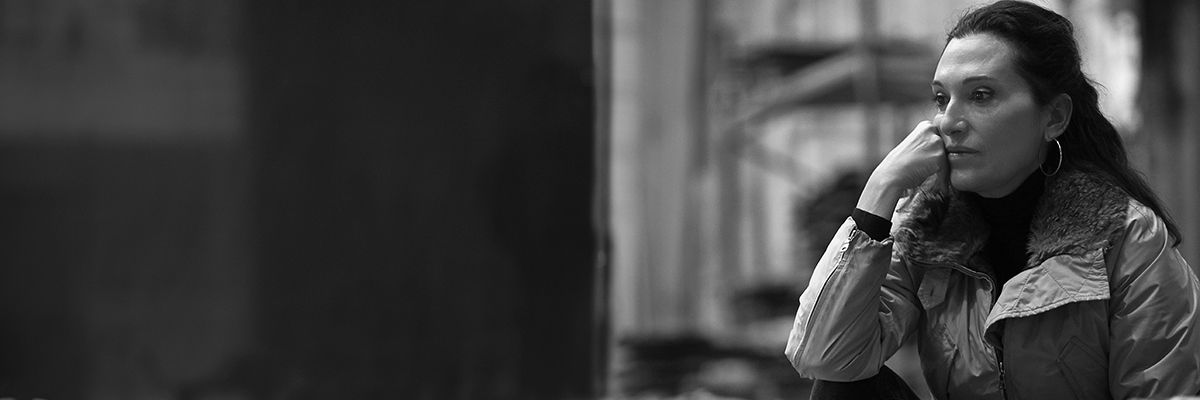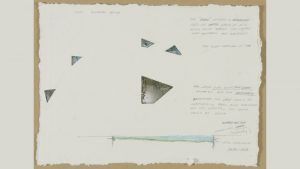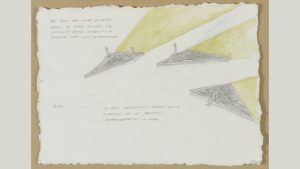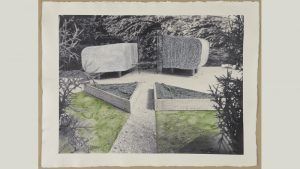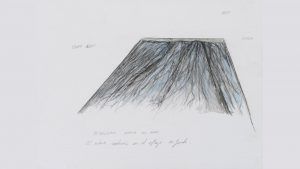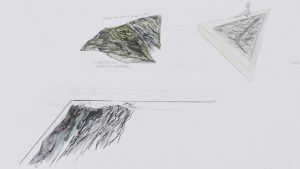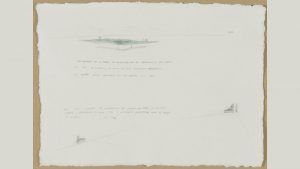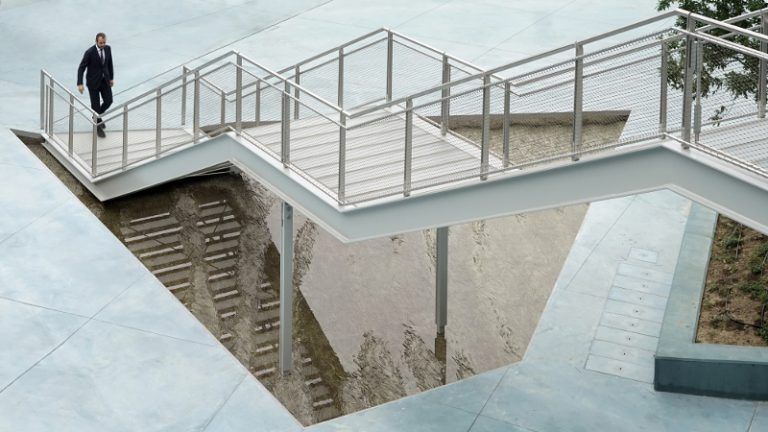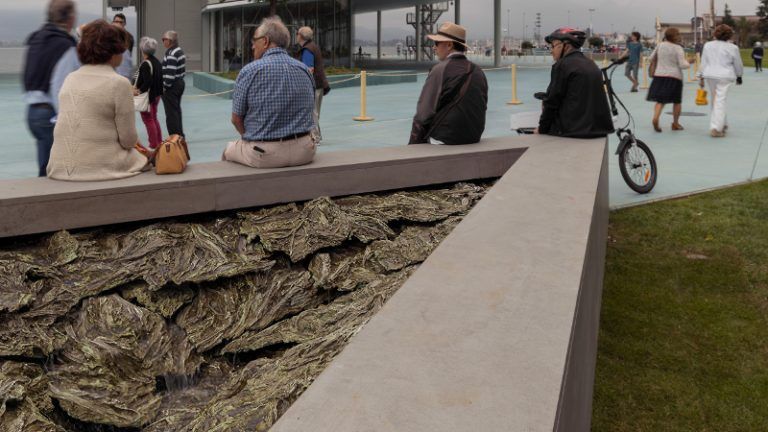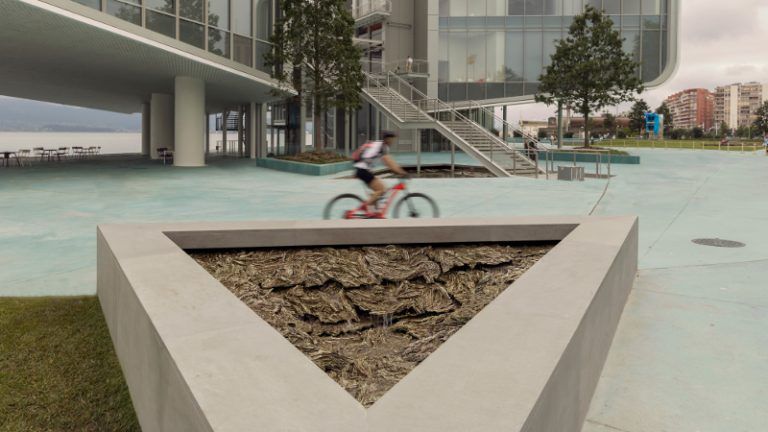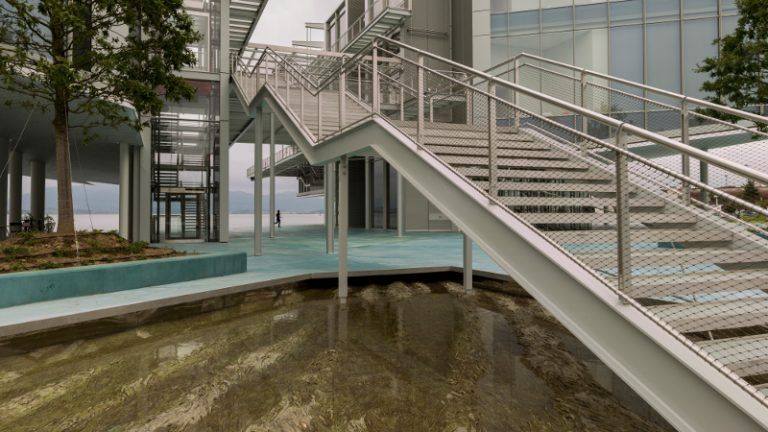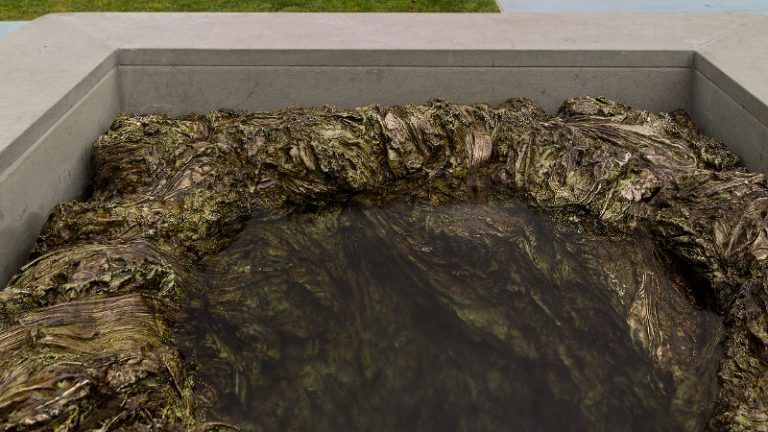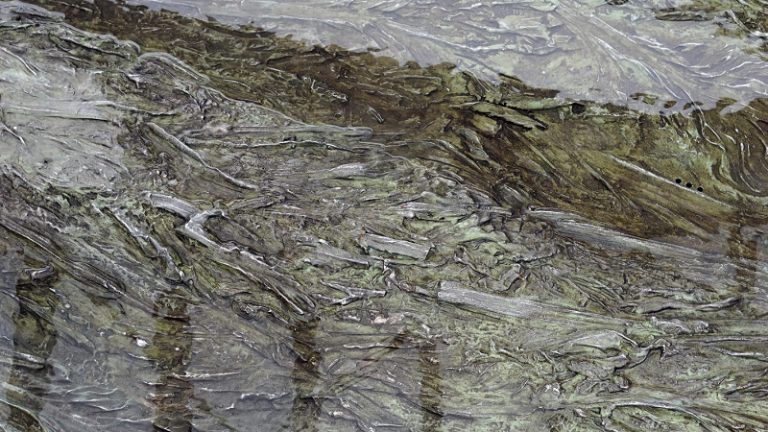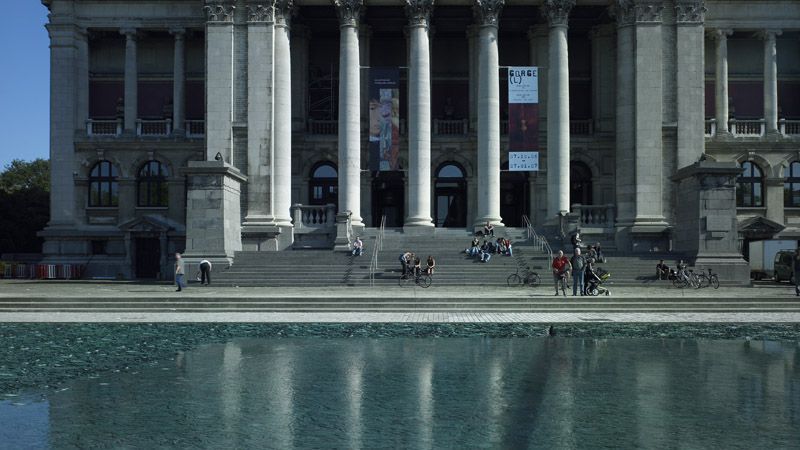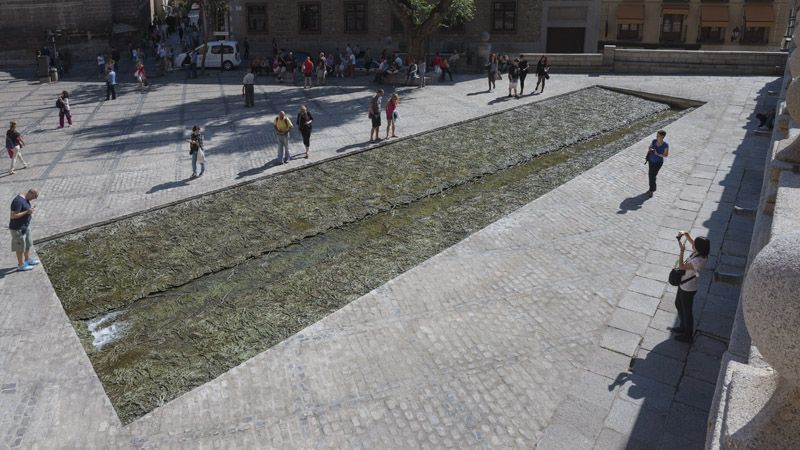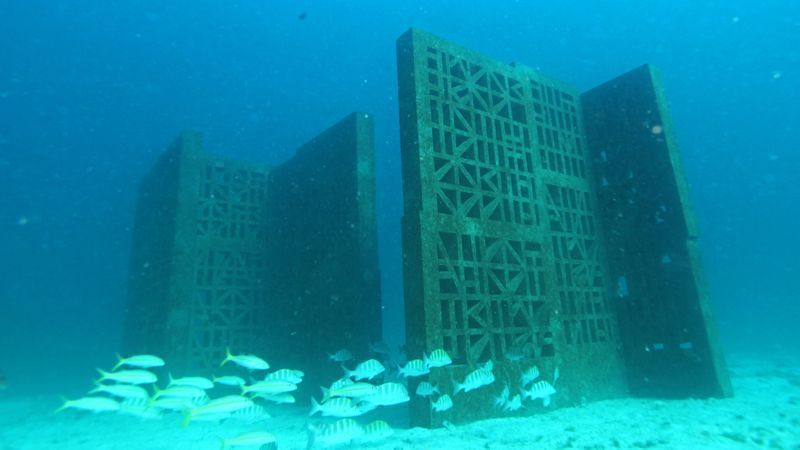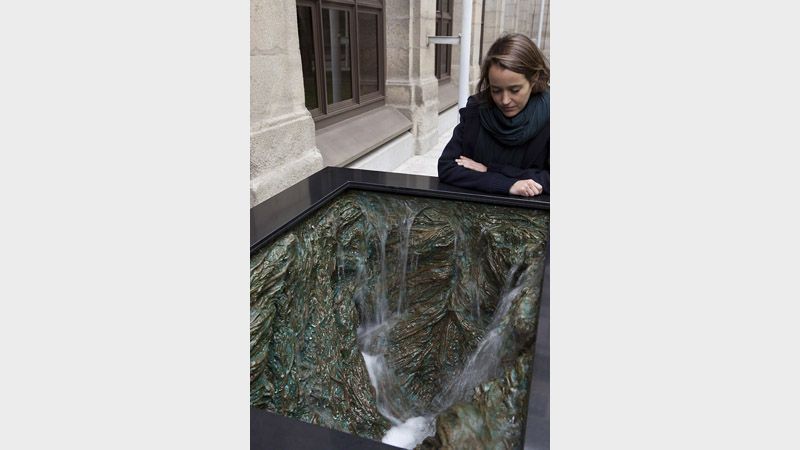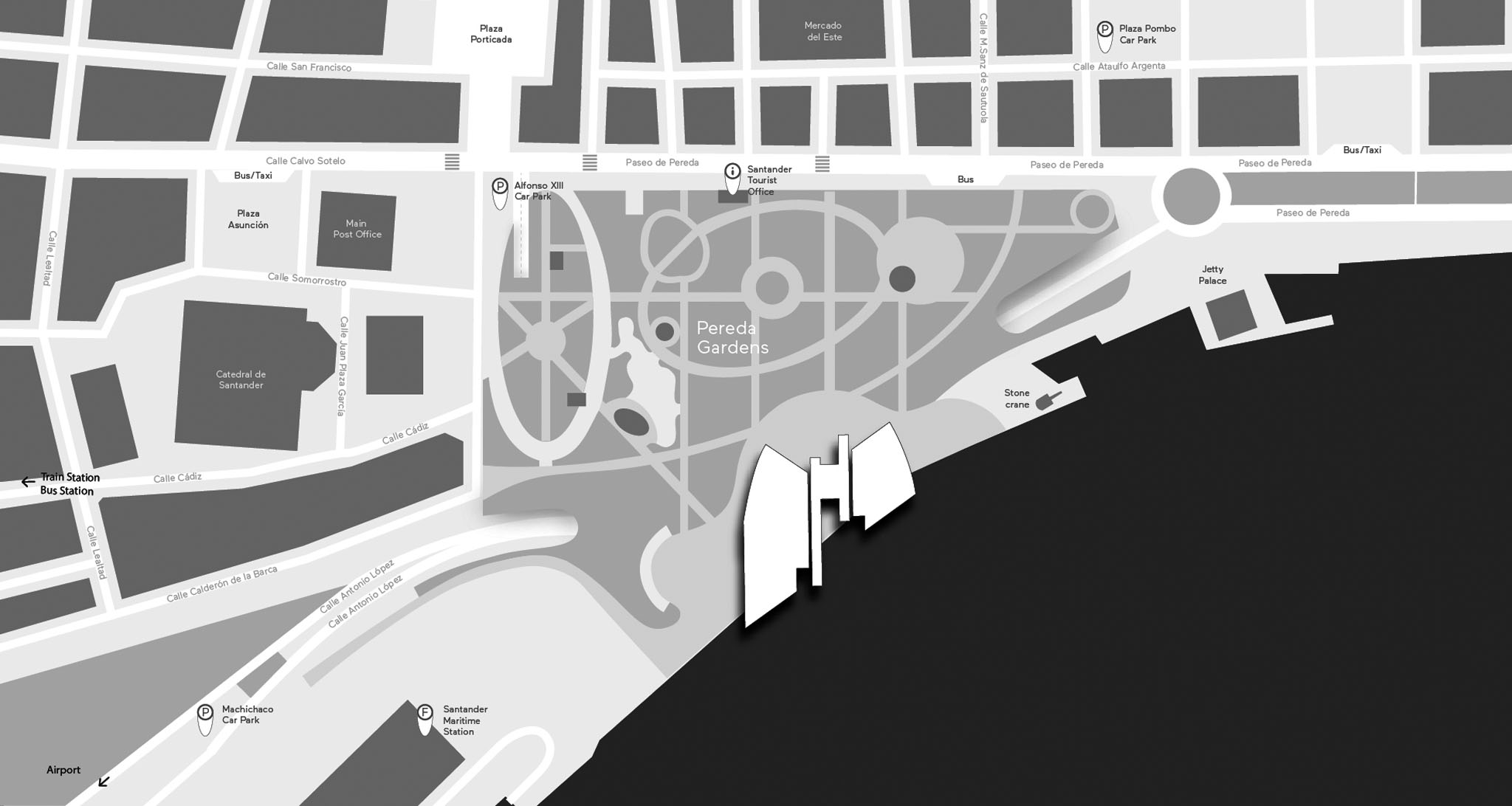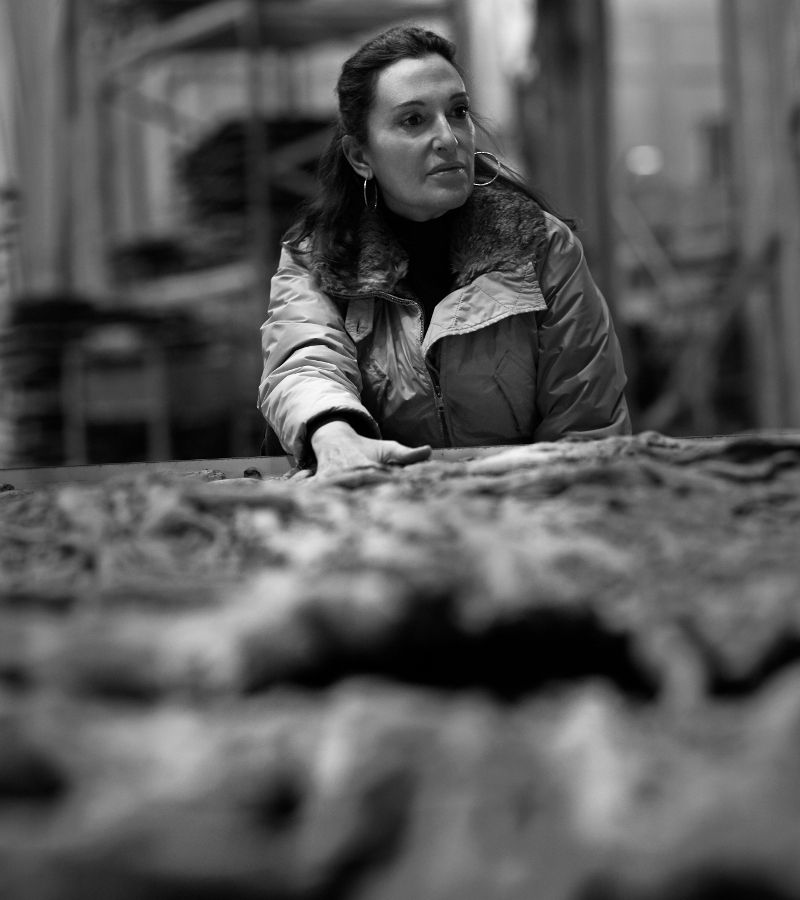
Cristina Iglesias
San Sebastián, 1956
Cristina Iglesias was born in San Sebastián in November 1956. She studied Chemical Sciences in her home town (1976-1978) and then after a brief period in Barcelona practising ceramics and drawing, she studied Sculpture at the Chelsea School of Art in London, UK (1980-1982). Was granted a Fullbright scholarship to study at Pratt Institute, 1988 In 1995 she was appointed Professor of Sculpture at the Akademie der Bildenden Künste in Munich (Germany) and in 1999 she won Spain’s National Visual Arts Prize. In 2012 she won the Grosse Kunstpreis Berlin . She has represented Spain twice at the Venice Biennale, at the 42nd edition in 1986 and at the 45th edition in 1993; at the Biennale of Sydney in 1990; at the Taipei Biennial in 2003; at the SITE Santa Fe Biennial in 2006 and at the Triennale of Folkstone in 2011. She also represented her country at the world fairs held in Seville in 1992 and Hanover in 2000, and at the 1995 Carnegie International, Museum of Art Carnegie Institute in Pittsburgh.
